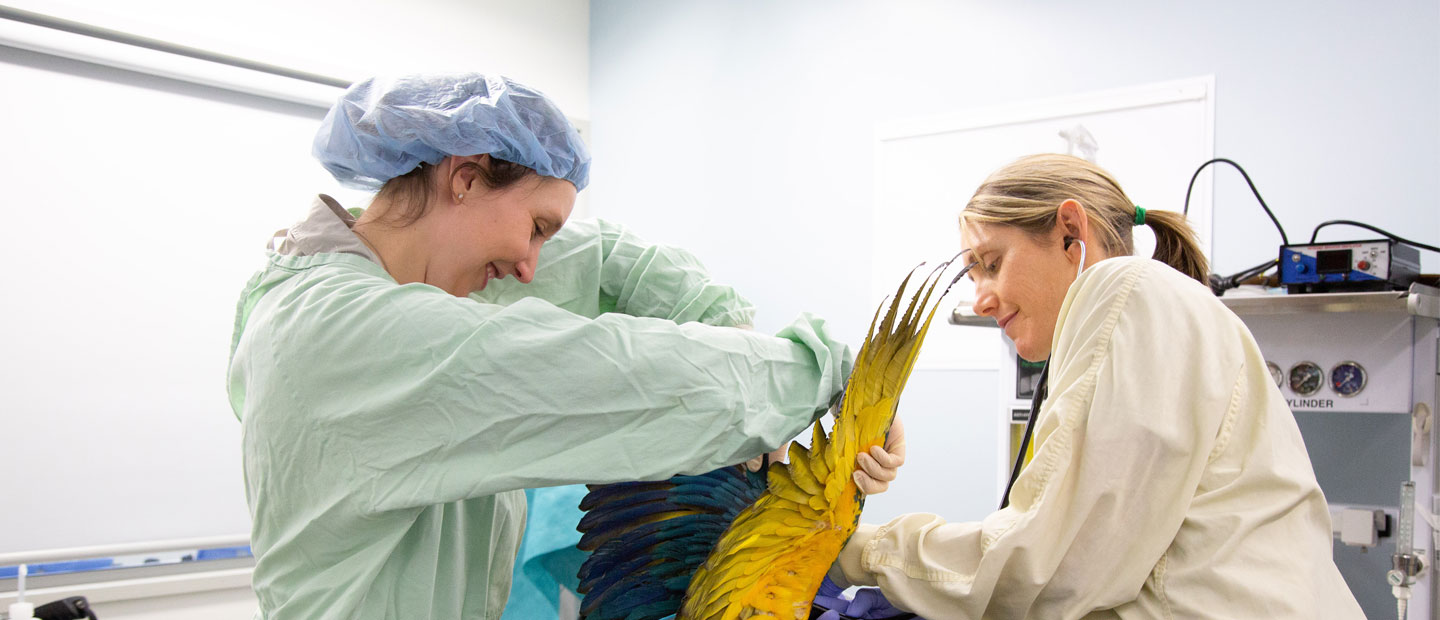At Auckland Zoo we have an incredible veterinary team. They’re a goldmine of knowledge, with a wealth of expertise, and undeniable experience from New Zealand and around the globe. Our hearts swell with pride when they work to bring a species back from the brink, whilst simultaneously providing world-class care to our Auckland Zoo residents. ‘Lucky to have them’ is an understatement – for the zoo, and Aotearoa’s native wildlife.
This World Veterinary Day we want to celebrate our vet team with you, our extended whānau, and hopefully encourage some budding young (or older!) scientists into a – very – different field of healthcare, conservation medicine!


